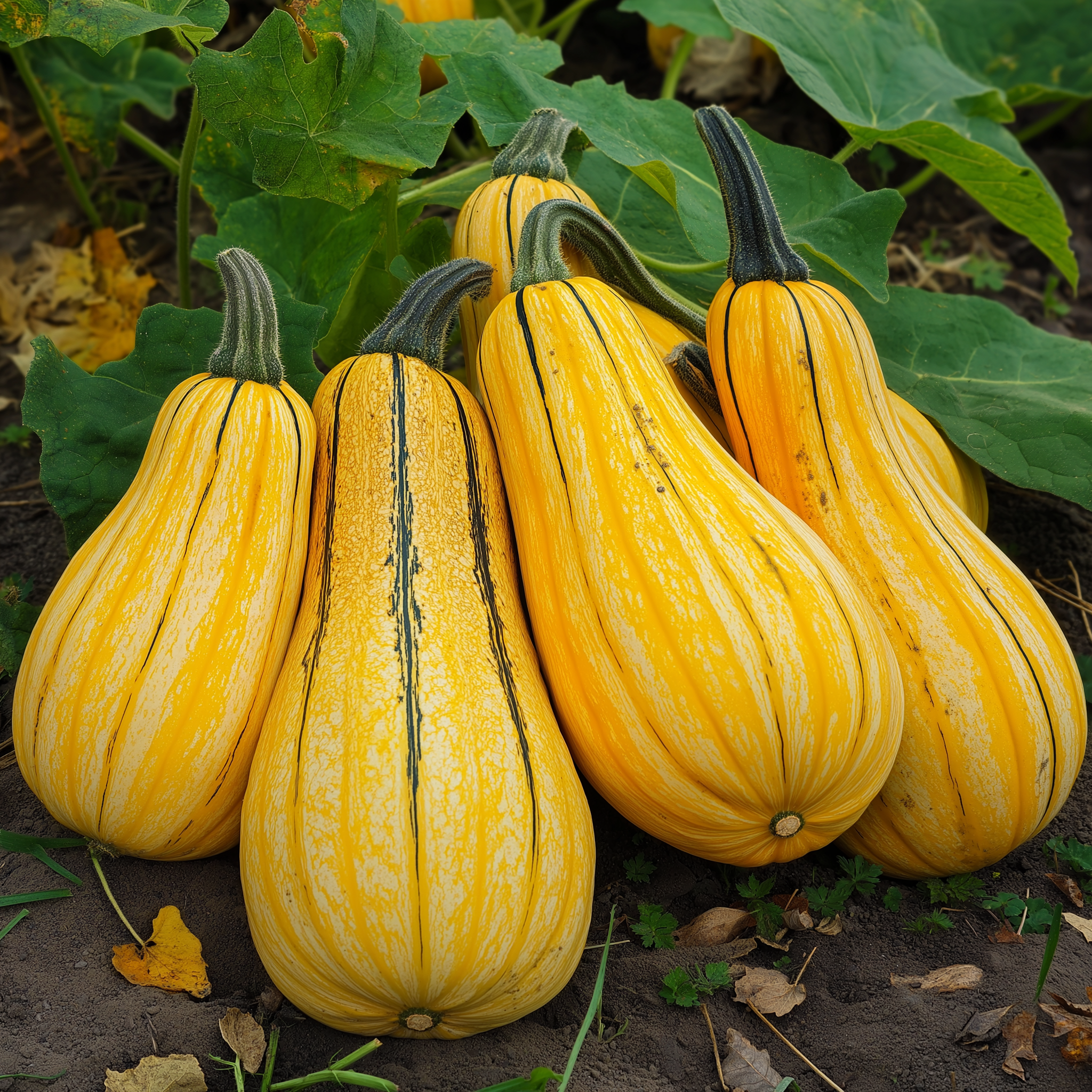Romneya Coulteri Flowers – Add Native Elegance to Your Garden with Matilija Poppies
About Romneya Coulteri Flowers
Romneya coulteri, commonly known as Matilija poppy, is a spectacular perennial flower native to southern California and northern Mexico. With its massive, crepe-like white petals and sunny yellow centers, it’s often called the "fried egg flower". These showy blooms are not only eye-catching but also serve as essential pollinator-friendly plants.
Known for thriving in dry climates, Romneya coulteri flowers are a top choice for gardeners looking to enhance their landscape with drought-tolerant plants. Whether planted in borders, wildflower meadows, or xeriscaped gardens, these bold blooms bring both drama and resilience.

Why Grow Romneya Coulteri Flowers
Growing Romneya coulteri flowers offers multiple advantages:
-
Drought Resistance: Once established, these plants require very little water.
-
Attract Pollinators: A favorite among bees and butterflies.
-
Unique Appeal: Their large blooms stand out in any flower bed.
-
Perennial Growth: Returns every year with minimal effort.
-
Low Maintenance: Perfect for eco-conscious and low-intervention gardeners.
If you're creating a pollinator-friendly garden or enhancing your native plant collection, these seeds from Organicindiaseeds.com are a must-have.
When to Plant Romneya Coulteri Seeds
The best time to sow Romneya coulteri seeds is:
-
Late Fall or Early Spring, allowing for natural cold stratification.
-
In cooler climates, start indoors 6–8 weeks before the last frost, then transplant once conditions warm.
While germination can be slow, the reward is a long-lasting, low-maintenance plant that adds beauty year after year.
Where to Plant Romneya Coulteri Flowers
These plants prefer:
-
Full Sun Locations: At least 6–8 hours of sunlight daily for optimal blooming.
-
Well-Drained Soil: Sandy, rocky, or loamy soil works best. Avoid heavy clay or waterlogged ground.
-
Open, Spreading Space: These plants spread through rhizomes, so give them space to grow naturally.
Use Romneya coulteri in sloped areas, dry garden beds, perennial borders, or even rock gardens to create a natural, flowing design.

How to Plant Romneya Coulteri Seeds
-
Scarify Seeds: Lightly nick the outer coat or rub with sandpaper to encourage germination.
-
Soak Overnight: Optional, but helps soften the seed coat.
-
Sow Shallowly: Do not bury deeply—light exposure encourages germination.
-
Moisture: Keep soil lightly moist but not soggy.
-
Transplanting: Once seedlings have 4–6 true leaves, transplant into the garden.
At Organicindiaseeds.com, you can find premium Romneya coulteri flower seeds selected for strong germination and climate resilience.
How to Care for Romneya Coulteri
While tough once established, Romneya coulteri needs a bit of care early on:
-
Watering: Moderate during the first growing season. Once rooted, reduce watering.
-
Pruning: Cut back stems in late winter to early spring to control shape and promote new growth.
-
Feeding: Generally not necessary. Compost in spring is enough.
-
Support: May need staking in windy areas due to tall, heavy blooms.
-
Spacing: Keep well-spaced from other sensitive plants as it can spread aggressively.
This plant is ideal for gardeners who want big blooms with low maintenance.
Companion Plants for Romneya Coulteri
Romneya coulteri thrives alongside other drought-loving and pollinator-attracting species:
-
Lavender – Enhances fragrance and attracts beneficial insects.
-
California Poppy – A beautiful visual companion with similar needs.
-
Yarrow – Provides ground cover and additional pollinator support.
-
Salvia – Offers contrast and extended bloom time.
-
Coneflowers (Echinacea) – Robust and visually harmonious.
Combining these plants creates a biodiverse, sustainable, and pollinator-friendly garden.
Harvesting and Enjoying
While Romneya coulteri is grown mostly for ornamental value, you can enjoy:
-
Cut Flowers: These large blooms make stunning (though delicate) arrangements.
-
Seed Saving: Allow some seed heads to dry on the plant and collect for future sowing.
-
Root Division: Best for propagation—plants spread naturally underground.
Final Thoughts
If you’re searching for a low-maintenance, high-impact flower that thrives in dry conditions and supports native ecosystems, Romneya coulteri is an outstanding option. Its impressive blooms and natural adaptability make it a top pick for modern eco-friendly landscapes.
Explore Romneya coulteri flower seeds at Organicindiaseeds.com—your trusted source for native flowers, pollinator garden seeds, and everything you need for a sustainable garden.



اترك تعليقًا
This site is protected by hCaptcha and the hCaptcha Privacy Policy and Terms of Service apply.